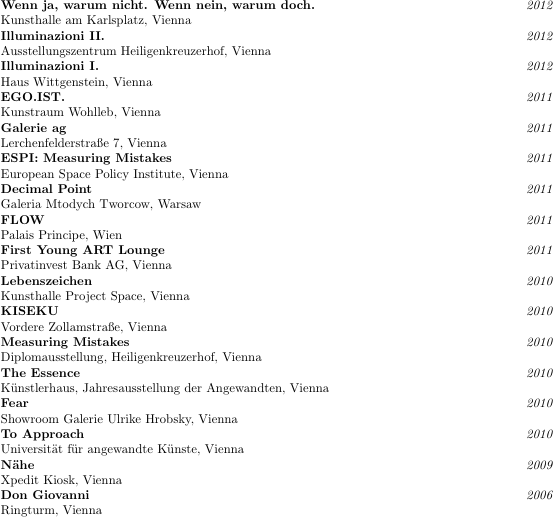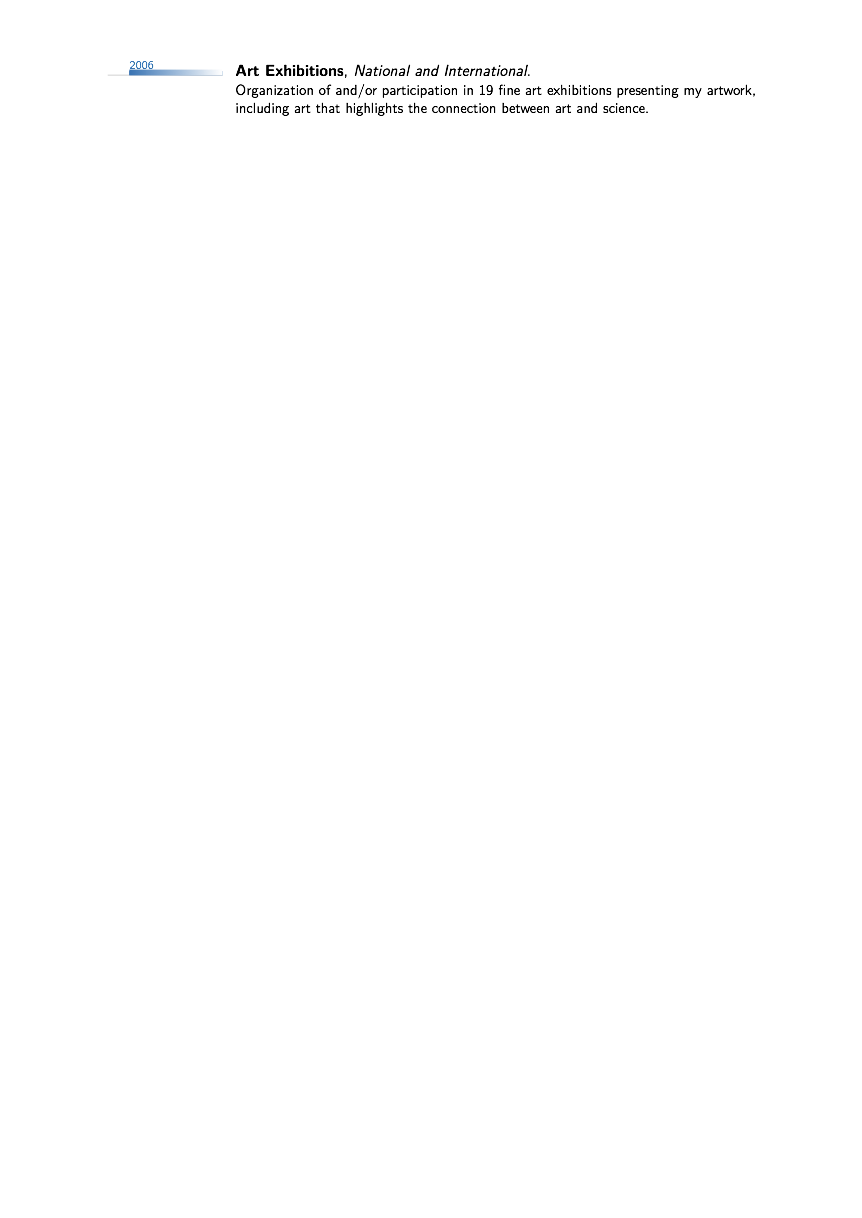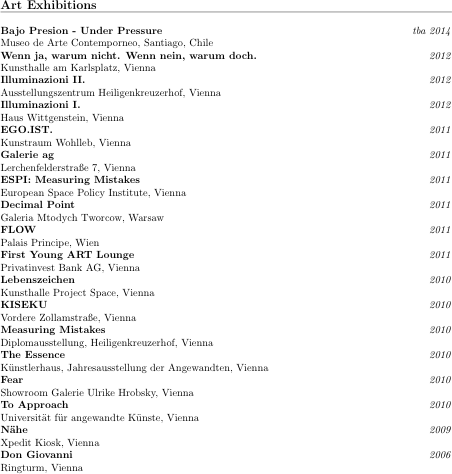I am professionally trained and qualified in both science (BSc, MSc, PhD astronomy) and art (BFA/MFA paintings). For the past 10 years, I have been motivated by the potential of their integration. I have researched, mentored, exhibited, curated, facilitated and produce ArtScience encounters in addition to advancing my career as an astronomer. As a scientist, I aspire to understand how galaxies evolve as part of the largest structure in the Universe, the “cosmic web”. As an artist, I examine the social and human aspect of science production, exploring errors, mistakes, ambiguity and the notion of “ scientific truth”. In my inter- and transdisciplinary research and leadership, I aspire to create more equitable collaborations for balanced co-creations. My vision is to lead a shift in how scientific knowledge is produced in our universities today to ultimately improve research processes (ideation, understanding, communication) and our research culture through the inclusion of artistic methods and methodologies.
I have published and refereed papers in art, science and inter- and transdisciplinary (ITD) research, mentored, exhibited, curated, and secured funding for both. My exhibitions have reached an estimated two million people and I am frequently invited to deliver keynote speeches and talks. I am an active member of Astrophysics, ITD and ArtScience networks, and co-lead the international SEADS collective for artists, scientists, engineers and educators. I support digital transformation in museums, and have developed the ARTlab Nottingham incubation space for ArtScience and artists-in-residence. I won funding amounting to €4.7 million, with €1.5 million attributed to cases I directly led or made significant writing contributions to. In astrophysics, I obtained “builder” status for the WEAVE Clusters survey, co-wrote two successful Survey cases (five-year programmes) for the European Southern Observatory’s 4MOST instrument, and co-organised 6 meetings, including one specifically for early career women and minorities in Astronomy, a natural extension from my post as EDI representative for my Faculty during my PhD. I further completed two leadership training courses, a project management course and am an Action Learning Set (group coaching) facilitator. I have been invited to join and develop ideas for a more positive research culture from the international "Next Generation University" Forum, and the ITD-Alliance’s working group to integrate integration expertise into academic structures. The University of Nottingham awarded me with the "Rising Star" and "Tri-Campus Awards for outstanding contributions to the research community".
Full CV: CV_Kuchner.pdf
Growing up, the question “What do you want to be when you grow up?” was not an easy one to answer. So after school, I followed both of my passions: I (simultaneously) studied Astrophysics at the University of Vienna, Austria, as well as Fine Arts/Paintings at the University of Applied Arts in Vienna, where I was born and raised. Today, after Masters and Ph.D. degrees have taken me to Australia, Chile, the US and Germany, I am an astronomer as well as a visual artist, currently based in the UK, where I work as a post-doctoral research fellow for the University of Nottingham – and I make, exhibit and curate art. In my scientific research, I study how mass is assembled in the Universe and how galaxies form and evolve over their lifetime. I came to astronomy by perceiving the Universe as very beautiful, so aesthetics has always played an important role in my science practice, but the urge to understand and make meaning of the world around us through experience, play and experimentation is where is see the greatest strength of ArtScience collaborations. As an artist I operate where art, culture, and science intersect, using both backgrounds to find or reject interdisciplinary answers to overarching questions and to find new and creative ideas. My art often deals with the themes of humanity and imperfections in data, something we tend to strip away from science. I also join the creative process of other art-scientists and science-artists as curator, mentor and researcher, and challenge the frontiers between the two cultures, translating between the fields without imposing a hierarchy.


